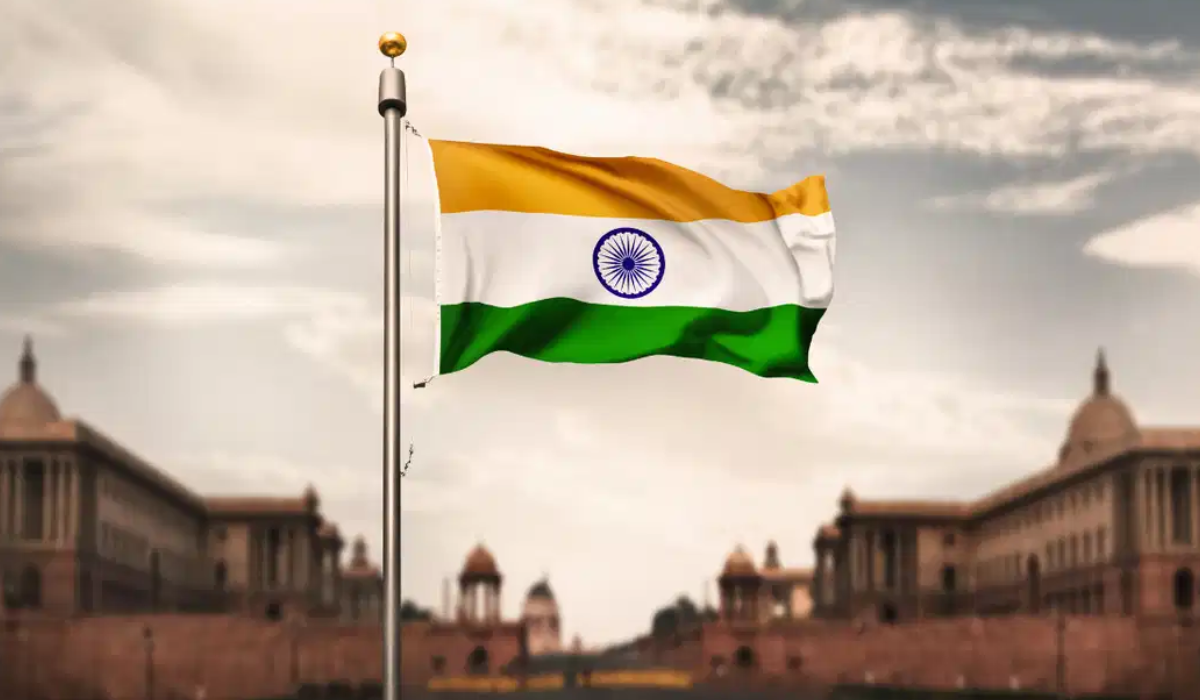On July 22nd each year, India celebrates National Flag Day to commemorate the adoption of the tricolour as the nation’s official flag. The Tiranga, as it’s affectionately known, holds deep significance for over 1.3 billion Indians and serves as a powerful emblem of the world’s largest democracy.
History and Adoption
The current design of India’s national flag was officially adopted on July 22, 1947, just weeks before the country gained independence from British rule. It was first hoisted on August 15, 1947, marking the dawn of a new era for the Indian subcontinent.
Design and Symbolism
The Tiranga consists of three horizontal stripes of equal width:
- Saffron (top): Representing strength and courage
- White (middle): Symbolizing truth, peace, and purity
- Green (bottom): Denoting fertility, growth, and auspiciousness
At the center of the white band is a navy blue wheel called the Ashoka Chakra, featuring 24 spokes. This emblem, derived from the ancient Ashoka pillar at Sarnath, represents the eternal wheel of law and progress.
Also Read: ‘नीट-यूजी का पेपर लीक 4 मई से पहले हुआ था’: सीजेआई
Dimensions and Specifications
The flag’s length-to-width ratio is 3:2. The Ashoka Chakra’s diameter approximates the width of the white band. Strict guidelines govern the flag’s production, including the use of hand-spun and hand-woven khadi cloth, a legacy of India’s independence movement.
Flag Code and Etiquette
India’s Flag Code, established in 2002, outlines proper display and handling of the national flag. It dictates protocols for hoisting, lowering, and general treatment of the Tiranga, ensuring respect for this national symbol.
Cultural Significance
The Tiranga is more than a mere national symbol; it’s a source of immense pride for Indians worldwide. It flies atop government buildings, schools, and public institutions, and is prominently displayed during national celebrations, particularly Independence Day and Republic Day.
Also Read: 10 Useful Things You Can Learn in Less Than 10 Minutes
National Flag Day Celebrations
On August 22nd, schools, government offices, and communities across India organize flag-hoisting ceremonies, patriotic programs, and educational events to honor the Tiranga. These celebrations aim to instill a sense of national pride and unity among citizens.
The Evolution of Flag Display
In 2022, the Indian government launched the “Har Ghar Tiranga” (Tricolour at Every Home) campaign, encouraging citizens to fly the national flag at their residences. This initiative has significantly increased public engagement with the Tiranga, fostering a deeper connection between citizens and their national emblem.
India’s national flag stands as a testament to the nation’s rich history, diverse culture, and aspirations for the future. As Indians celebrate National Flag Day, the Tiranga continues to inspire unity, instill national pride, and symbolize the spirit of the world’s largest democracy.
Also Read: International Moon Day: Celebrating Earth’s Celestial Companion


[…] Also Read: India’s Tiranga: A Symbol of Unity and Pride […]
[…] Also Read: India’s Tiranga: A Symbol of Unity and Pride […]
[…] Also Read:India’s Tiranga: A Symbol of Unity and Pride […]
[…] Also Read: India’s Tiranga: A Symbol of Unity and Pride […]